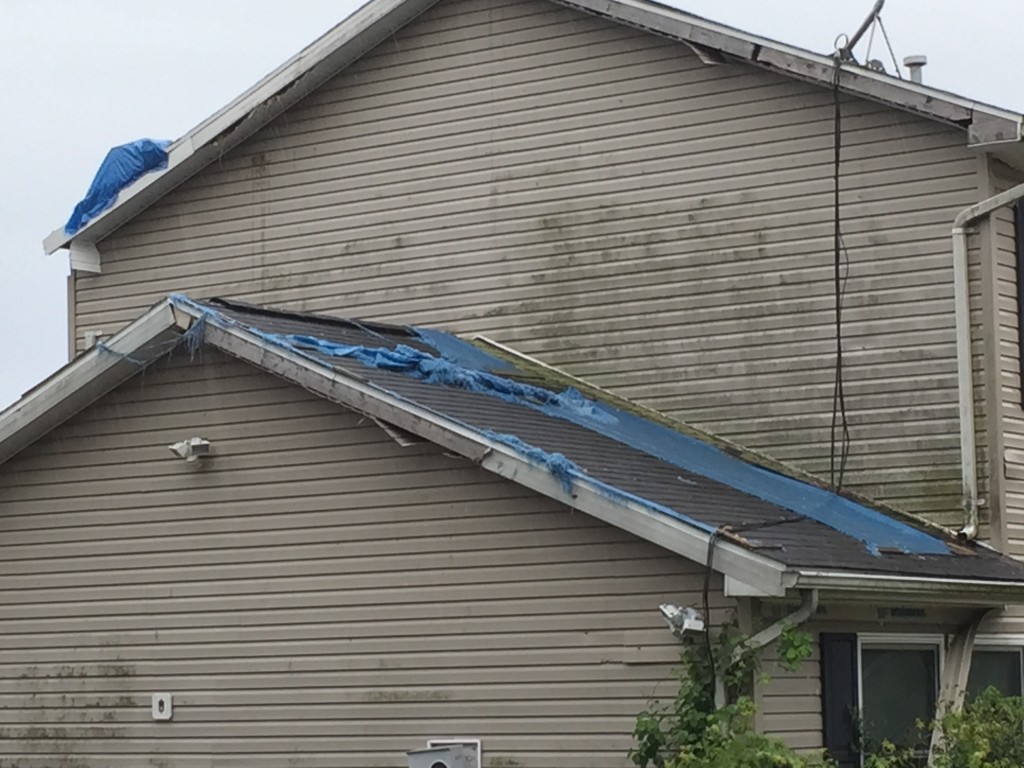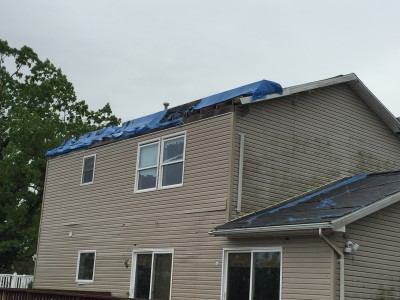No one wants to live next door to an abandoned, derelict building, yet that is what some Brick residents face day-in and day-out.
“There are mold spores blowing out the roof,” Mark Jenks, who lives next door one such property in the Beverly Beach neighborhood, told Shorebeat last year. “The roof has been falling apart since the hurricane. We live next door to this, we can smell the mold spores.”
Eleven months after the property next door to Jenks was ordered to be demolished by the township’s property maintenance board, it’s still standing and, Jenks said recently, in its worst condition yet after what has become seven years of abandonment. Holes in the roof have gotten larger, the mold is worse and animals still traipse in and out.
|
|
The Brick Township council, on Monday night, rejected a contractor’s bid that would have demolished the home. The reason for the rejection: the price is simply too high.
“That bid alone, the lowest bid, was $119,000,” said Mayor John Ducey.
In its capital budget, Brick allocated just $40,000 to be used for property demolitions, which they expected would have funded three or four properties.
State regulations are to blame for the higher-than-average demolition cost, officials said – notably, the state’s prevailing wage law, which requires public projects to pay union-level wages whether the contractor is a union firm or not, as well as onerous regulations on asbestos abatement that do not apply to private demolitions.
The prices caught Brick – and, presumably, other New Jersey towns that have utilized legislation allowing for the creation of property maintenance boards to order abandoned buildings be razed – by surprise. The solution, however, may come in the form of a state program that will allow towns to borrow up to $300,000 per year for the demolition of abandoned structures. Another tool in the towns’ arsenals may be exerting additional pressure on banks that own properties to demolish buildings themselves or face six-figure liens before they are resold.
“Our strategy is to use this when negotiating with the banks,” said Business Administrator Joanne Bergin. “It gives us a little more teeth to go to the bank and say, ‘Do you really want to take $119,000 off the table?'”
Because banks would not have to adhere to the prevailing wage law and environmental regulations, the cost of demolition would likely be cut in more than half, officials estimate. In the mean time, Bergin said Brick is applying for the state loan program and will request a zero-interest loan payable over 10 years.
“This program will help us move along in doing what we need to do to help us clean up our town,” Ducey said.
Numerous properties have been slated for demolition by the Property Maintenance Board. After the board orders a demolition, it must be ratified by the township council and then placed out to bid. So far, no properties have been demolished under Brick’s program.













